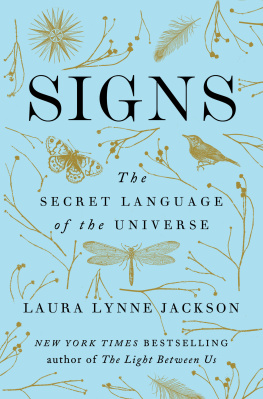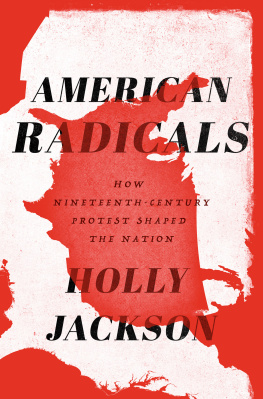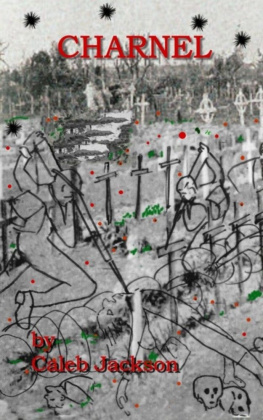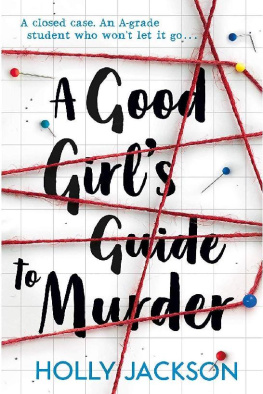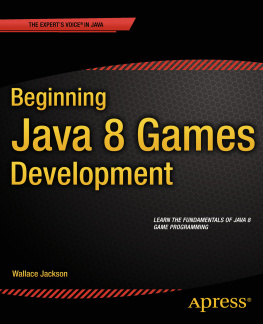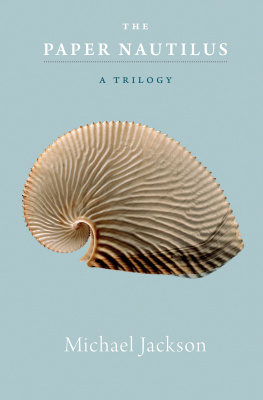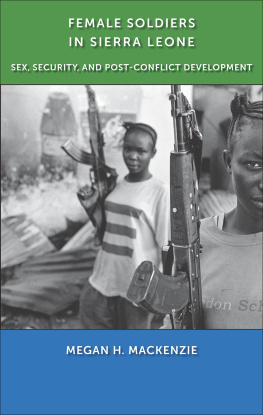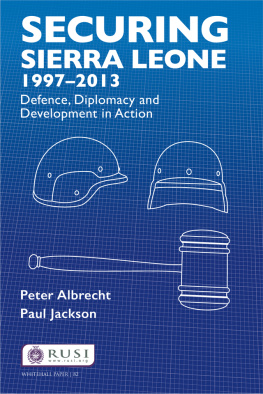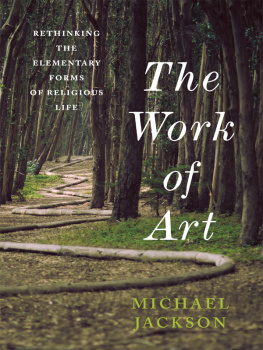Harmattan
Insurrections: Critical Studies in Religion, Politics, and Culture
Insurrections: Critical Studies in Religion, Politics, and Culture
SLAVOJ IEK, CLAYTON CROCKETT, CRESTON DAVIS, JEFFREY W. ROBBINS, EDITORS
The intersection of religion, politics, and culture is one of the most discussed areas in theory today. It also has the deepest and most wide-ranging impact on the world. Insurrections: Critical Studies in Religion, Politics, and Culture will bring the tools of philosophy and critical theory to the political implications of the religious turn. The series will address a range of religious traditions and political viewpoints in the United States, Europe, and other parts of the world. Without advocating any specific religious or theological stance, the series aims nonetheless to be faithful to the radical emancipatory potential of religion.
For a list of titles in this series, see .
Harmattan
A PHILOSOPHICAL FICTION
MICHAEL JACKSON
Columbia University Press
New York

Columbia University Press
Publishers Since 1893
New York Chichester, West Sussex
cup.columbia.edu
Copyright 2015 Columbia University Press
All rights reserved
Library of Congress Cataloging-in-Publication Data
Jackson, Michael, 1940 author.
Harmattan : a philosophical fiction / Michael Jackson.
pages cm. (Insurrections)
ISBN 978-0-231-17234-9 (cloth : alk. paper) ISBN 978-0-231-17235-6 (e-book) ISBN 978-0-231-53905-0 (e-book)
1. Kuranko (African peopleSocial life and customs. 2. Kuranko (African people)Folklore. 3. EthnologySierra Leone. 4. Jackson, Michael, 1940 TravelSierra Leone. 5. Philosophical anthropology. I. Title. II. Series: Insurrections.
DT516.45.K85J29 2015
128dc23
2014034074
A Columbia University Press E-book.
CUP would be pleased to hear about your reading experience with this e-book at .
Cover design: Catherine Casalino
Cover image: 2012 Debora Moraes/Getty
References to Web sites (URLs) were accurate at the time of writing. Neither the author nor Columbia University Press is responsible for URLs that may have expired or changed since the manuscript was prepared.
Ive created various personalities within. I constantly create personalities. Each of my dreams, as soon as I start dreaming it, is immediately incarnated in another person, who is then dreaming it, and not I.
To create, Ive destroyed myself. Ive so externalized myself on the inside that I dont exist there except externally. Im the empty stage where various actors act out various plays.
Fernando Pessoa, The Book of Disquiet
Contents
Limitrophe: situated on a border or frontier; bordering on, adjacent to. French, from Late Latin limitrophus, bordering upon, literally, providing subsistence for frontier troops, irregular from Latin limit-, limes boundary + Greek trophos feeder, from trephein to nourish.
Merriam-Webster Dictionary
For many years I was convinced that a clear line should be drawn between documentation and invention, particularly in ethnographic writing, where ones first obligation is to do justice to the experience of those who welcomed or tolerated ones presence in their communities. It is all very well borrowing narrative conventions, figurative language, and montage from fiction, poetry, and cinema in order to give life to a text and counteract the deadening effects of academic jargon and abstractionsomething I had done in several ethnographic books written for a general rather than specifically academic readership. Might it not be more reader friendly and illuminating to interleave the distilled and generalized knowledge so characteristic of the academy with the more aporetic, eventful, and nondiscursive forms of literature? Against the European philosophical tradition that has sought to keep these modes of writing separate (assuming being and thought to be nonidentical), I draw my inspiration from a Kuranko perspective in which there is a complementary relationship between foundation myths (kuma kore, lit. venerable speech) that are held to be true, and antinomian tales (tilei) that are admittedly make-believe. While myths support the status quothe authority of chiefs, the wisdom of elders, the alleged inferiority of women, the importance of traditionfolktales play with reality, challenging hierarchy, reversing roles, and exploring fantastic possibilities for righting wrongs and redressing injustices.
Because it does not follow that what is necessary for the common weal is equally imperative for every individual, there is in Kuranko societyas in human societies everywherean ironic counterpoint between the discursive values articulated in myth and the subversive tactics deployed in folktales. To cite Derrida, every culture bears traces of an alterity that refuses to be domesticated; every culture is haunted by its other. While myths lay down the law, reinforce respect for received values, and draw attention to the ancestral or divine underpinnings of the social order, fictional narratives address quotidian problems of injustice, reveal the frailty of authority, mock the foibles of men, and shame all those who mask their greed and ambition with the language of ideology and the trappings of high office.
This indeterminate relation between knowledge and life also informs the structure of this book. While grounded in empirical research and real events, I increasingly depart from reality in order to show what could not otherwise be told.
Northeast Sierra Leone. December 1969. In a few days it will be Christmas, but as Noah Marah and I cross the Seli River and begin our trek to Firawa, Christmas is far from our thoughts. Our path has been trodden by generations of bare or sandaled feet. The air is filled with filigrees of burned elephant grass that settle on the path like colons and commas, punctuating our way. Occasionally the conical thatched roofs of a farm hamlet appear above the tawny grassland, and we meet men and women toting bundles of firewood or sacks of rice on their heads. They exchange greetings with Noah, while peering at me from beneath their head loads. When Noah is asked who I am, he tells them I am an old pen friend who has come to visit his natal village. As for me, I am in a state of trance, as if passing from one incarnation into another. A succession of grass-covered plateaus drifts into the bluish haze of the Loma Mountains. Saurian rock formations, such as I had never seen before, rise out the landscape, yet appear to recede as we approach them. Noah says that when a man from a ruling lineage is about to die, you may hear snatches of xylophone music borne on the wind and the creaking of granite doors as the djinn who inhabit the inselberg prepare to receive another soul into their midst.
On my second night in Firawa, a group of men, women, and children gather on the porch of Noahs brothers house to tell stories. As Noah summarizes each story for me, I am struck by recurring scenarios and motifs. A marginalized or maligned individualan orphan, an oppressed junior wife, a status inferiorjourneys into the bush where he or she is cared for by djinn. Empowered and enriched, the erstwhile victim returns to the village that spurned him or her and receives the recognition or blessings that he or she is due.
The djinn may therefore be compared with the figure of the daemon in European thought: a redistributor of human destinies.
As the days pass into weeks, I begin to understand the ramifications of the contrast between village and bush in Kuranko discourse. The bush is construed as a wild but fecund force field surrounding the settled space of a village. This is not only because ricethe staple of lifeis cultivated in farm clearings slashed and burned in the bush, or because medicinal plants are gathered, and game animals hunted, in the bush; movements between town and bush are allegories of life itself and call to mind the classical Greek antinomy of
Next page

